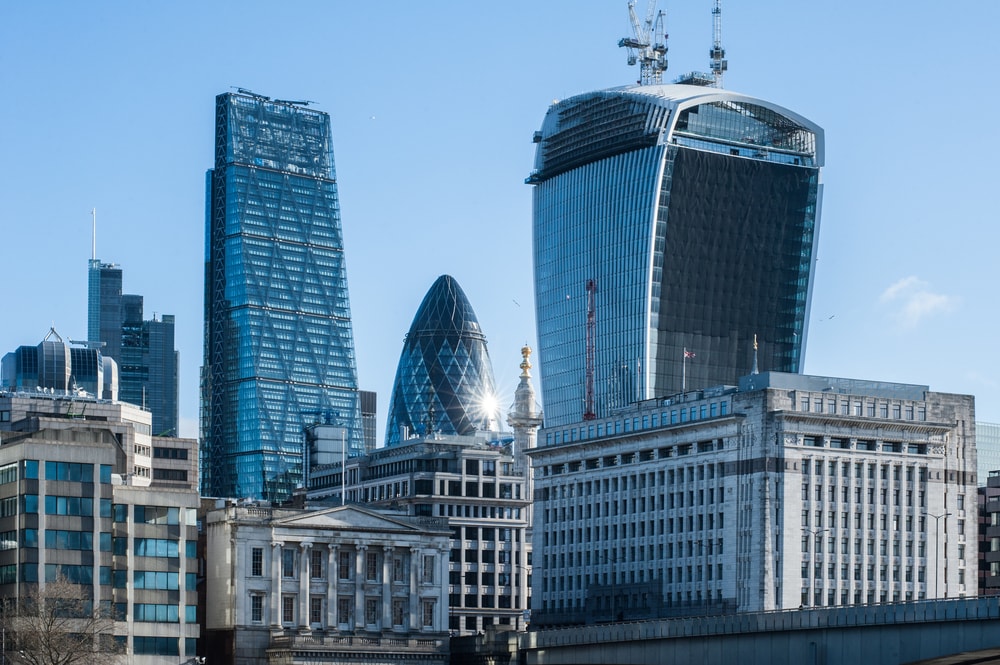Investors withdrew from FTSE 250 ETFs last week as warning lights started flashing for the UK reflation trade.
The Vanguard FTSE 250 UCITS ETF (VMID), Europe’s largest ETF targeting the UK mid-cap benchmark, saw outflows of $216m in the week to 18 June, according to data from Ultumus.
Following the same trend, Europe’s second most popular strategy tracking the UK mid-cap index, the iShares FTSE 250 UCITS ETF (MIDD), saw $65m net redemptions over the same period.
With VMID and MIDD booking returns of 9.2% and 9.9%, respectively, so far this year, the strong trajectories took a hit in the two weeks to 18 June, with VMID returning -2.9% and MIDD falling -2.3%, according to data from ETFLogic.
Proving popular as a pandemic recovery trade play, FTSE 250 ETFs have two advantages due to their UK domestic focus. First, UK equities have underperformed other geographies in recent years due to a combination of Brexit uncertainty – which appears to be fading – and a backdrop of low interest rates, which have squeezed the profit margins of the finance sector.
Now, amid an ‘old economy’ bounce back and an interest rate reintroduction on the horizon, the outsized representation of value in UK indices may be to their benefit.
Second, constituents of the FTSE 250 are more likely to have a greater domestic focus in their operations than the internationally minded large caps in the FTSE 100. This means the UK vaccine rollout acted as an outsized tailwind for the more UK-focused index but also has the inverse effect when fortunes turn for the worst.
This turnaround was realised last week when prime minister Boris Johnson announced a one-month pushback of the long-awaited ‘Freedom Day’.
Overall, this development will probably do little to trip up the UK’s economic recovery, with an extension to the complete relaxation of restrictions being expected by many and UK GDP expected to grow 8.1% this year, according to Allan Monks, economist at JP Morgan.
Monks said: “Confidence and mobility have already recovered significantly, even with the current restrictions in place, while other parts of the economy less directly affected by government measures have already been normalising rapidly.”
A second cause of friction for the UK economy last week was the latest Consumer Price Index (CPI) reading, which came in at 2.1%, the first time in almost two years the figure has beaten the Bank of England’s 2% target.
Mike Owens, global sales trader at Saxo Markets, said: “On its own, the CPI pickup reflects higher prices as the economy emerges from lockdown and therefore supports the central bank’s current view that the inflation surge will be temporary.
“Separately, input data from the Producer Price Index recorded a +10.7% year-on-year rise in May showing clear pressure on prices of raw materials, fuel and transport pushing up the cost of goods for producers.

Contributing to input cost increases has been supply-chain disruptions, with IHS Markit stating supplier delivery times to UK manufacturers are at their second-worst level in the last thirty years. “This is pretty ominous and echo’s last week’s comments from Andy Haldane that further high street inflation can’t be far behind,” Owens concluded.
Laith Khalaf, financial analyst at AJ Bell, said markets will keep a close eye on the UK monetary policymaker’s rhetoric, especially following the hawkish shift in tone at the US Federal Open Market Committee’s recent meeting.
“We are now beginning to reach that topsy turvy part of the cycle where good news becomes bad news, because markets worry that positive economic signals will hasten the withdrawal of central bank liquidity,” Khalaf added.
“The Bank of England will likely continue to view inflation as transitory until we have fully lapped the first wave, and the furlough scheme has been unwound. This means if inflation does become a problem, the Bank will probably be late in taking away the punchbowl.”
Not phased by potential economic scarring effects of the spread of the ‘delta’ variant of the coronavirus, Monks said he is positive about the long-term outlook, to the point that he expects the Bank of England to follow in the FOMC’s footsteps and bring their first rates hike forward from Q1 2023, to Q4 2022.
Discouragingly, flash readings for June show UK services and manufacturing outputs have fallen to their lowest respective levels in two months, following record highs in May.









